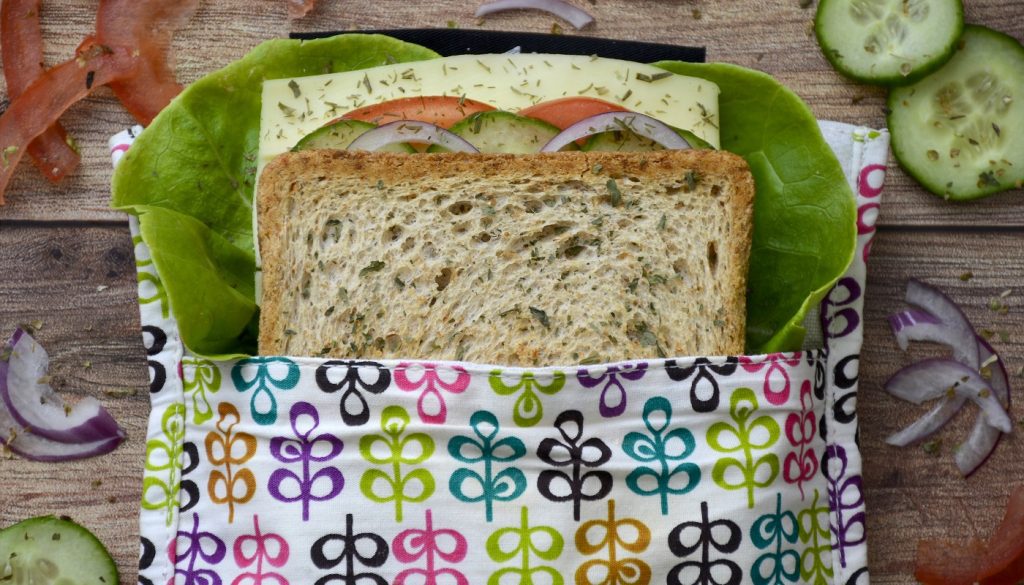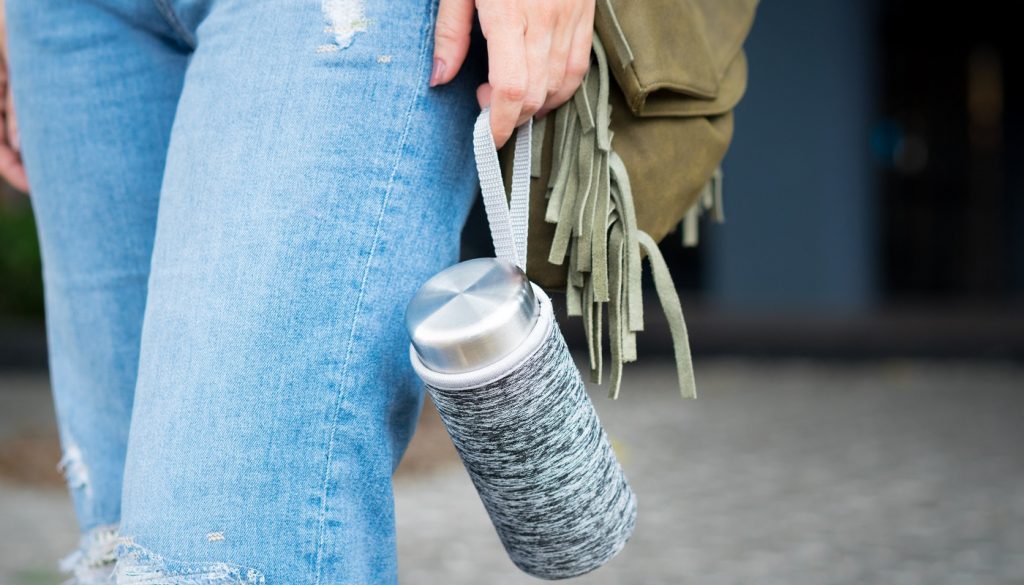Do you love cooking for your loved ones but are concerned about the massive waste left afterward? Well, this is the right time to move towards zero-waste cooking.
No doubt, food preparation creates a lot of mess and waste, but zero-waste cooking includes millions of ways to avoid this waste. Zero-waste cooking reduces the negative impact on the environment and makes cooking easy with limited resources.
When I first got into this, I started doing my best to eliminate the maximum waste-creating ingredients. Apart from that, I even started composting the food and reusing ingredients. In this way, I also play a part in zero-waste cooking and making the earth’s condition better.
To play your role in reducing the negative impact on the environment, you need to begin your eco living journey. A good place to start is a zero-waste cooking checklist. You can follow this checklist and begin the process of zero-waste cooking.
Now it’s time for you to start doing zero-waste cooking; here are a few tips that will help you adapt to zero-waste cooking.
1. Freeze fruits and vegetables
If you want to keep your fruits and veggies from rotting out and leading to a dump on the environment, then adapt the habit of freezing them. By freezing, you are stopping their time, and they will be as good as new when you use them again.
You can even freeze garlic, onion, yogurt, milk, and lentils like chickpeas to use in the future. I recommend using plastic containers for bigger ingredients like apples and ice cube trays for smaller ingredients like garlic.
2. Compost your food scraps
When trying to do zero waste cooking, composting the food scraps is a must. It is the process of reducing the waste into nutrient-rich soil best used as fertilizers. Vegetables and fruit scraps are easier to compost while meat and bones are tough to compost.
3. Try a food cycler
For composting food scraps, buying a food cycler is a great idea. Just put food scraps in a food cycler, and it will turn into soil in a few hours. You can use this soil in your garden or just release it in the landfill.
4. Reuse ingredients
To truly embrace zero-waste cooking, you have to consider using everything twice. You can reuse herbs, peels, spices, oil, and many other ingredients to get the most out of it. For example, you can use the oil you used for frying chicken wings again for frying french fries. Plus, you can use orange or lemon zest to infuse into vinegar or cocktails.
5. Use every part of your veggies
It is possible to utilize and cook every part of vegetables. For instance, instead of throwing the stems of kale, you can make a healthy soup or puree. The same goes for stalks or branches of other vegetables like broccoli, radishes, turnips, and beets. You can utilize them in salads. Also, if your greens look like they are past their fresh state, you can stir fry to snack on them or juice them.
6. Turn peels into chips
Most people eat peeled fruits and vegetables, which can lead to wastage. However, you can use peels of carrots, potatoes, apples or pears, etc., in various ways. You can make some crispy yet healthy chips by baking potato peels. Or you can make a perfectly sweet n sour sauce from peach peels.
7. Make veggie broth with scraps
If you have many vegetable scraps, this idea is perfect for you. You can use the leftover vegetables to make a healthy broth. Or, if the vegetables are uncooked, you can even make a smoothie out of it.
8. Give (some) food scraps to your pet
You can feed your dog scraps, but it depends on which scarps you have. Some vegetable scraps such as blueberry, strawberry, sweet potato, pumpkin are super healthy for your dog. At the same time, others might be toxic to your pup.
9. Can your own food
To preserve the food for a longer time canning is a great idea. If your food is canned, you can easily keep it in the freezer or dry place. The best thing is that it will remain in good condition for a longer time.
This also allows you to eat canned food without wasting glass or aluminum.
Here’s how to can your own food:
- Start with fresh, ripe fruit: Choose fruit that is in season and at the peak of ripeness. This will ensure that your canned fruit is tasty and nutritious.
- Wash the fruit thoroughly: Be sure to wash the fruit thoroughly to remove any dirt or pesticides.
- Prepare the fruit for canning: Depending on the type of fruit, you may need to slice it, dice it, or puree it.
- Sterilize your jars and lids: Before you fill your jars with fruit, be sure to sterilize them by boiling them in water for several minutes. This will help prevent spoilage.
- Fill the jars with fruit: Once your jars are sterilized, fill them with fruit, leaving about ½ inch of headspace.
- Process the jars: Place the jars in a boiling water canner and process for the recommended amount of time. This will vary depending on the type of fruit you are canning.
- Store the jars: Once processed, remove the jars from the canner and allow them to cool. Store in a cool, dark place for up to one year.
10. Use a food dehydrator
You can use a dehydrator to utilize excess ingredients instead of throwing them out. For example, you can dehydrate chilies, ginger, or garlic to make their powder at home. You can also dehydrate fruits to convert them into sweet chips for snacking.
11. Make jam
If you have fruits such as strawberry, apple, or blueberry in good quantity, they can get worse with time! You can cook and preserve most of your fruits in the form of delicious homemade jams. Make sure to follow a great recipe for it to do the job right, or else everything will go to waste. Also, you will have to buy pectin for proper consistency.
12. Grow an herb garden
Having a herb garden will help you in zero waste cooking like magic. You won’t have to deal with buying containers from stores and dumping so much plastic into the environment. Also, you can substitute a lot of herbs with spices used in recipes.
Even if you have limited space, you can grow herbs in various places, including a planter box, a pot, or a vegetable field.
13. Plan your meals
If you plan meals for the whole week or month, you will know what ingredients to buy and how long they last. This helps in buying all ingredients at once and not getting unnecessary items.
Here are some meal-planning tips to try:
- Plan ahead on a weekly basis: Take some time each week to plan out your meals for the week. This will help you save time and money by ensuring that you have all the ingredients on hand when you need them.
- Start with a list: Before you go grocery shopping, take inventory of what you have at home and make a list of meals you can make with those ingredients. This will help you avoid buying things you don’t need.
- Get creative: Don’t be afraid to get creative with your leftovers. There are many recipes that call for common ingredients that you might have on hand.
- Be flexible: If you find that you don’t have all the ingredients for a recipe, be willing to make substitutions. This is a great way to get creative in the kitchen and save money at the same time.
- Batch cook: When you have extra time, cook larger batches of food so that you can freeze individual portions for later. This is a great way to have quick and easy meals.
- Know your go-tos: Store your favorite zero waste recipes on a link saving app on your phone or in a recipe card holder. This way, you can easily return to your staple recipes again and again.
14. Use almond pulp
If you make almond milk at your home, you can use the leftover almond pulp in several ways instead of wasting it. You can make gluten-free hummus, cookies, and many more things with almond pulp.
15. Shop with the right mindset
It is crucial to start shopping according to your zero-waste cooking agenda. You should bring your own tote bags for buying things and consider buying in bulk. Also, check the expiration dates to determine how long it will last.
One of the best ways to reduce your carbon footprint and plastic waste is to cook more zero-waste meals. These ideas for zero-waste cooking will help you save money and time while being kind to the planet.





